Historic Amesbury, Massachusetts | A Small-Town Community in the City
Visit the historic city of Amesbury, Massachusetts, a place where charming country roads meet historic landmarks from the industrial age.
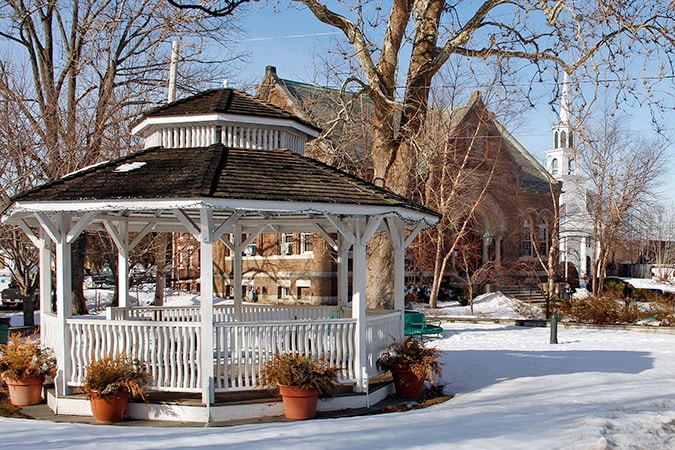
Like many New England cities and towns, the heart of Amesbury, Massachusetts, sports a gazebo.
Photo Credit : Brenda DarrochHistoric Amesbury, Massachusetts, is a complex place, where country roads meet historic landmarks from the industrial age. Once labeled “The City known as the Town of Amesbury,” this municipality operates under a city-based governance, but feels like a much smaller community. The Powwow River carves through the city center, before rushing on to meet the Merrimack River, whose meandering banks mark Amesbury’s southern-most border— both important reminders of the maritime and mill trades that once powered the city.

Photo Credit : Brenda Darroch
I made my way to Amesbury on a sunny Friday afternoon to meet up with local Justin Chase to learn more about the city. He and his lovely wife, Jamie, had the most interesting, if somewhat unconventional, itinerary planned for me: one that would really give me a taste of their hometown’s historic past as it pertained to the industrial revolution, arts and culture, and its residents.
Our first stop was at Camp Bauercrest, a Jewish boys’ summer camp located on a wedge of land rising up from the shore of Lake Attitash, where we met with Director Eric Rightor. Though most buildings were shuttered for the season, he gave us an overview of the camp’s past as we trekked down to the waterfront. So how does this recreational getaway figure into Amesbury’s history? Calvin Coolidge, the 30th President of the United States, passed many a happy summer day here when it was a private residence, as the guest of then-owner and Mayor of Lynn, Massachusetts, Ralph S. Bauer.
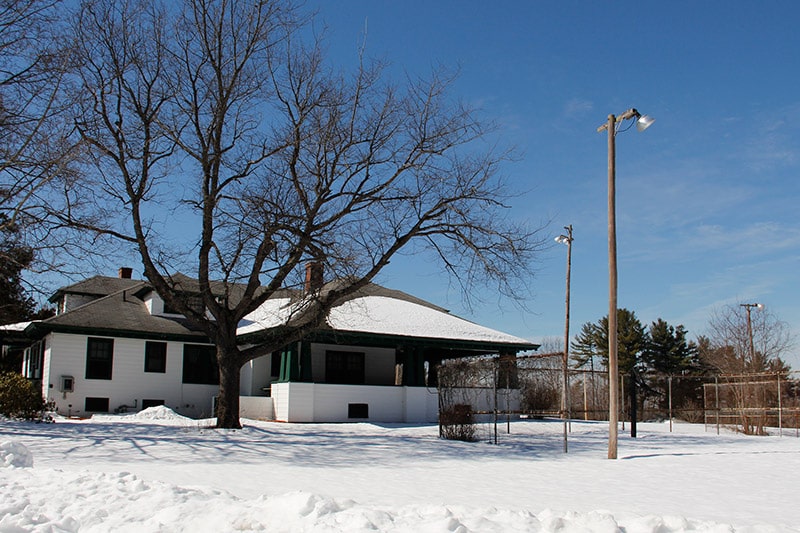
Photo Credit : Brenda Darroch
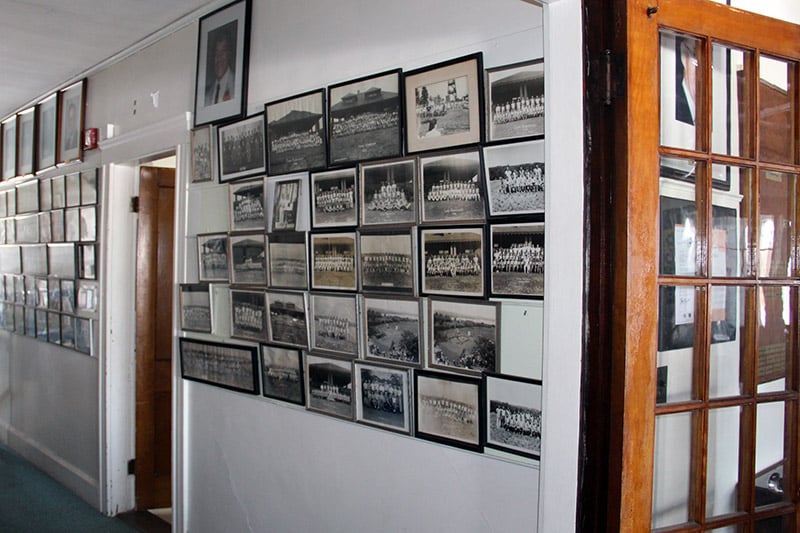
Photo Credit : Brenda Darroch

Photo Credit : Brenda Darroch
From there, we sped along Pleasant Valley Road, trailing the path of the lower Merrimack toward Hatter’s Point. Once home to the Merrimac Hat Company, portions of the stately brick buildings that hug the river’s edge have since been renovated into condos. But that wasn’t our destination. We were headed across the street to R.E. Kimball—makers of small-batch jams, jellies & relishes. All the items produced at the “Jelly Factory”—nicknamed the “Pickle Palace” in its early days due to the popularity of their watermelon pickle—are made completely by hand in one 75 gallon steam vat. But it’s not that single kettle, the hand-stirring, or even the historic building they occupy that makes this place so special. It’s the tradition of using pure, quality ingredients that the founding family infused into this business, now run by third-generation family member, Kate Gilbert.
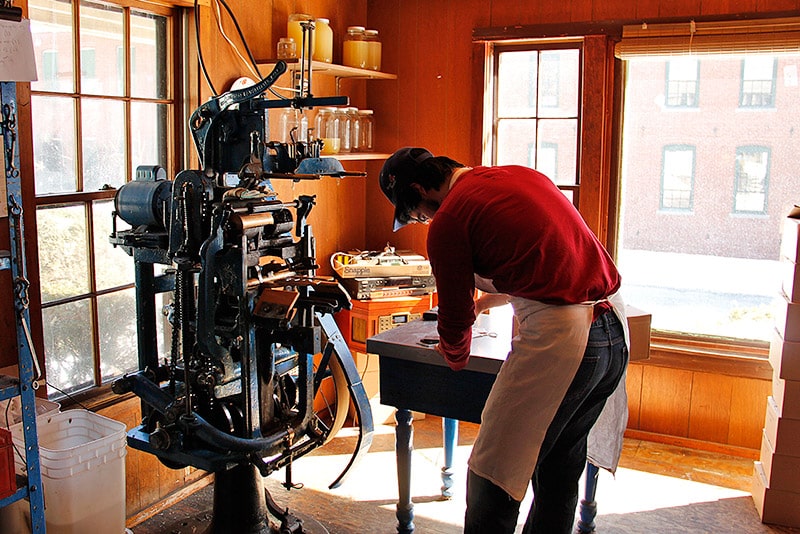
Photo Credit : Brenda Darroch
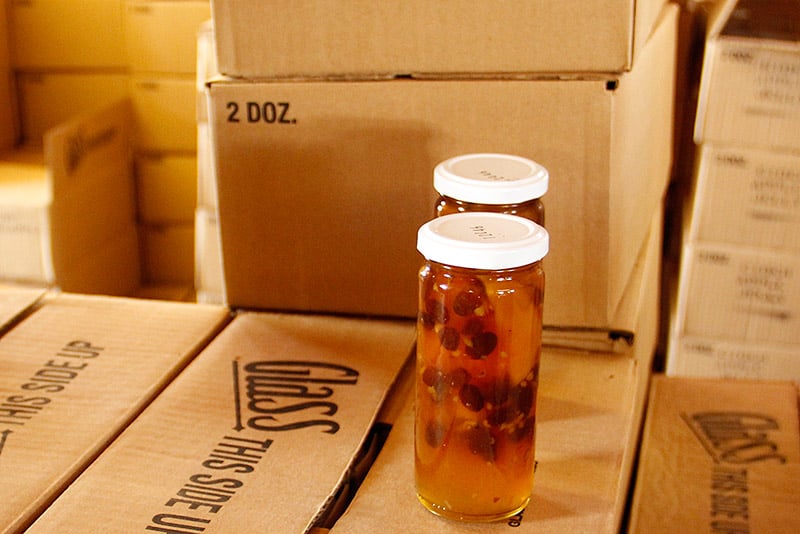
Photo Credit : Brenda Darroch
How do you follow up a visit to the former pickle palace? With a stop at Lowell’s Boat Shop, which has been credited with producing the first fishing dory. Step through the doors, and before you even see the hulking frames of wooden boats taking shape (under the watchful eye of Graham McKay—part boat-building manager, part museum curator), you’re hit with the smell of freshly hewn wood. Now a working museum dedicated to preserving the craft of wooden boat building, Lowell’s was established in 1793, making it the oldest continually operating boat shop in the United States.
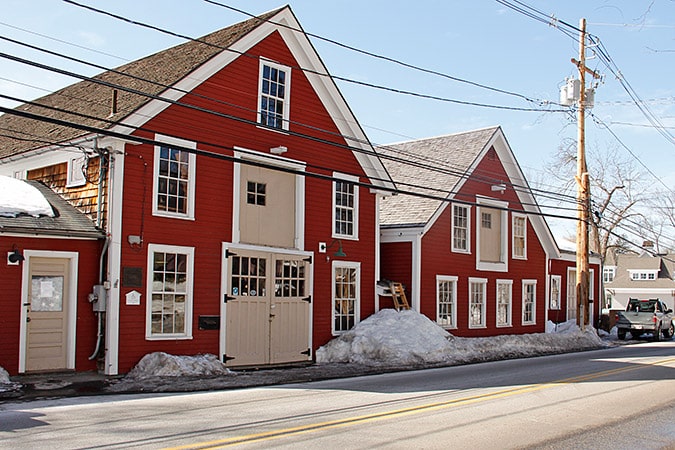
Photo Credit : Brenda Darroch

Photo Credit : Brenda Darroch

Photo Credit : Brenda Darroch
With our stomachs rumbling, we left the river’s edge for the Millyard—a cluster of 19th century buildings that once supported Amesbury’s textile industry—to grab a bite to eat. Flatbread Co. opened its doors in Amesbury, Massachusetts, in 1998, offering “real food, served by real people, in a real environment.” While tempted to gobble our pies up, Jamie managed to save some for the ducks who paddle along the placid surface of the Powwow before it tumbles over the crest of the waterfall and into the chute that curves between the historic mill buildings.
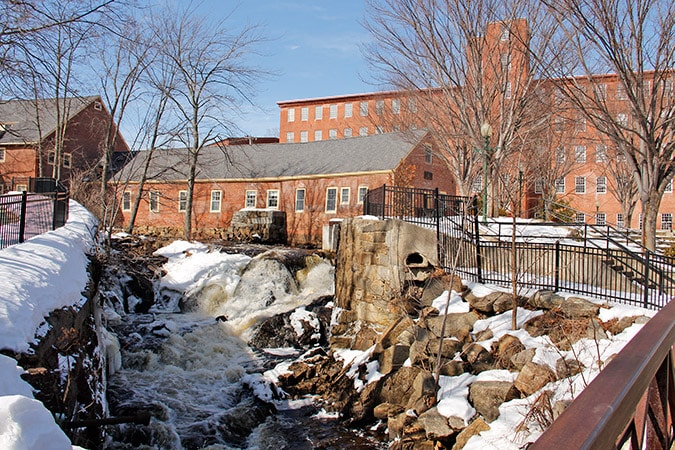
Photo Credit : Brenda Darroch
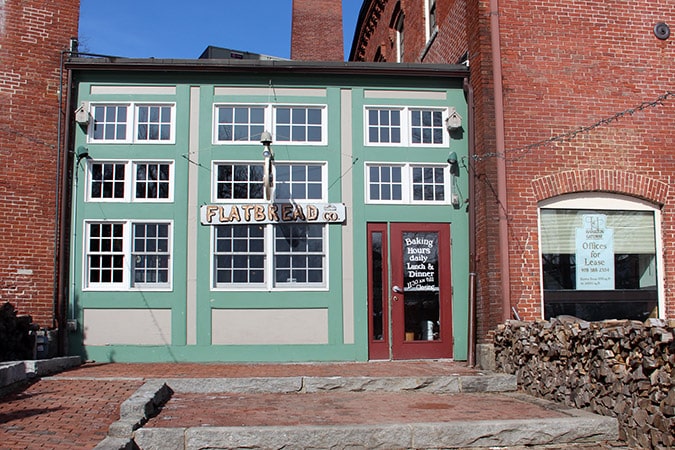
Photo Credit : Brenda Darroch

Photo Credit : Brenda Darroch
Having fed as many ducks as possible while saving a few slices for later, we wended our way around to an 1800s era mill building on High Street that now houses Amesbury Industrial Supply, a massive hardware store. I have to admit that visiting a hardware store while exploring a town is a first for me, but it all made sense once I met 2nd-generation proprietor Greg Jardis. Sure, he’s a character and I suspect people pop in to his store just to chew the fat with him, but it’s his company philosophy that illustrates the connection Amesbury residents feel for their city’s heritage. While not everything in the store is, or can be, manufactured in the United States, they carry as many American-made products as possible. Our ancestors built this city with their labor to provide a better life for future generations, Greg tells me, so why would we turn away from that to save a few pennies at a big box store that fills its shelves with products made in other countries? Why, indeed?
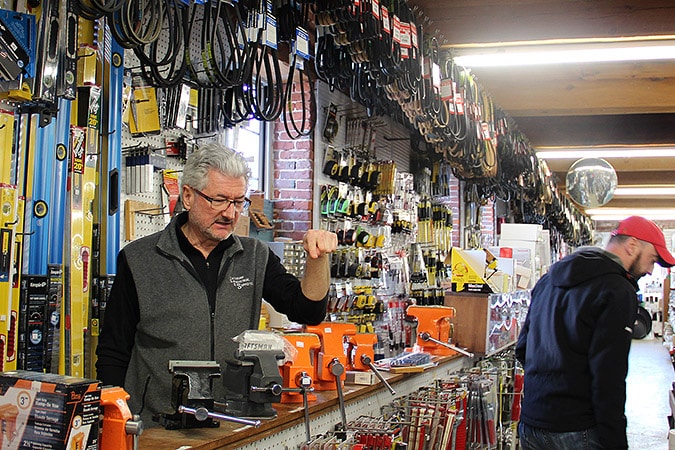
Photo Credit : Brenda Darroch
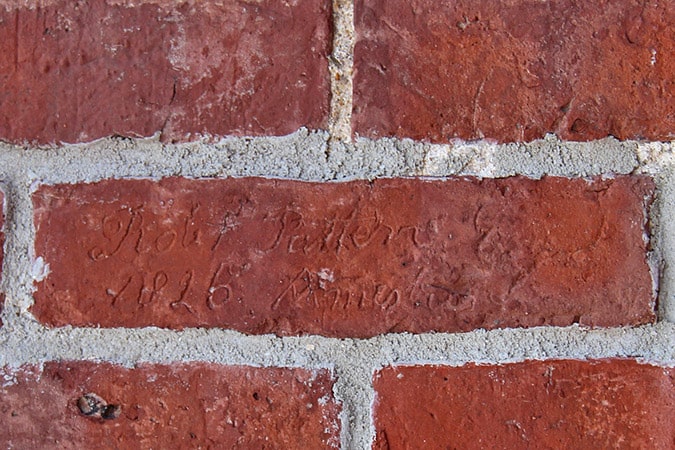
Photo Credit : Brenda Darroch
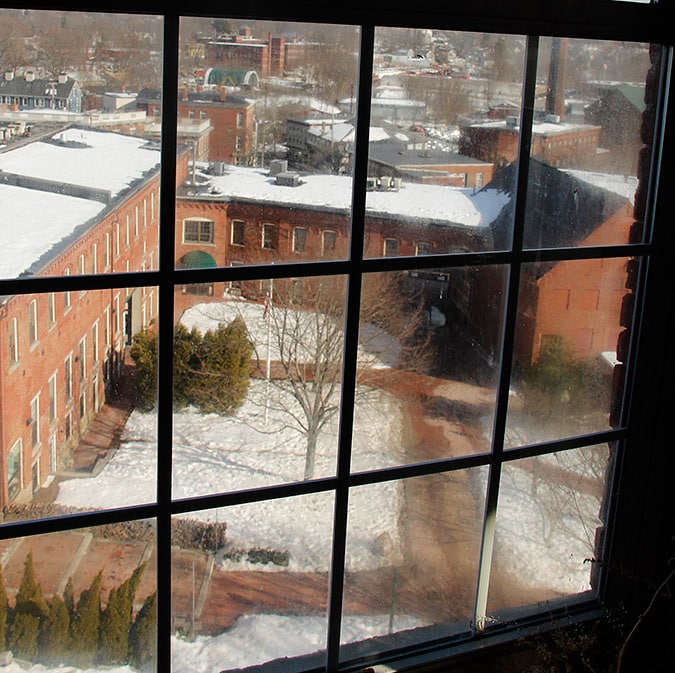
Photo Credit : Brenda Darroch
We could have whiled away several hours volleying “do you have…” inventory questions at Greg, but Bob Schledwitz was waiting for us, ready to open up the John Greenleaf Whittier Home to give us a tour. Open to the public between May and October (check hours of operation before visiting), the museum gives visitors a chance to observe the house as it would have appeared between 1836 and 1892 when Whittier (along with his mother, aunt, and younger sister) was living there, penning several of his most famous works—some poetic in nature, others advocating against the evils of slavery.
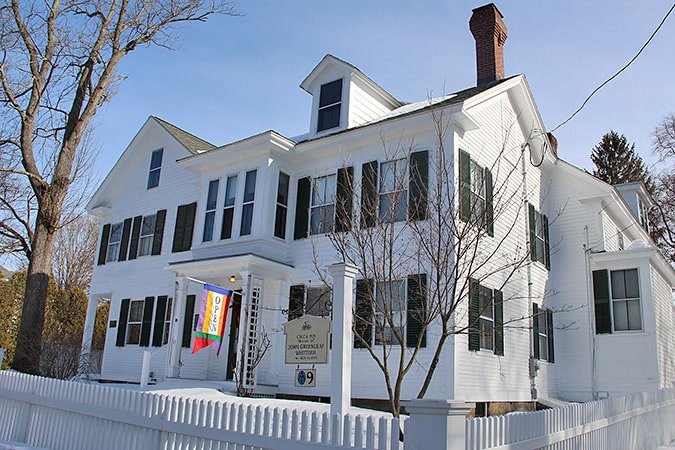
Photo Credit : Brenda Darroch
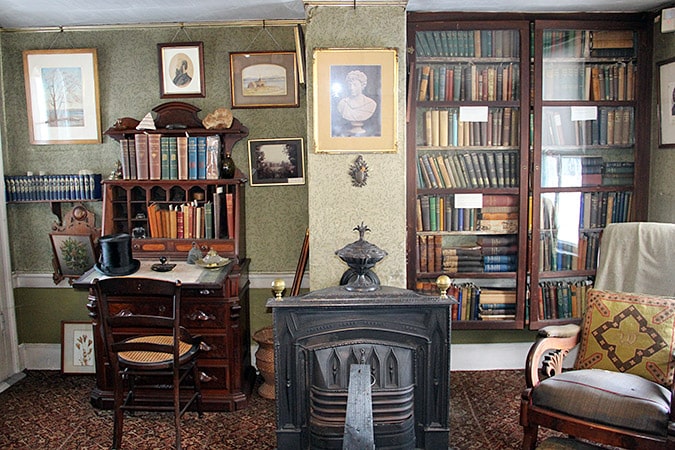
Photo Credit : Brenda Darroch
You may have known Whittier as an author and an abolitionist, but he was also a Quaker, and so our next stop was to the Friends Meeting House, “Where Whittier Worshipped.” Justin’s mother, Paula Chase, was on hand to show us around the simple white building. You might think the structure plain were it not for the luxuriously over-sized windows that allow a flood of sunlight to sweep through its two main rooms, imbuing it with a sense of peace and well being. The Amesbury Quakers are an active group in the community, working to improve the lives of others through charity work and peaceful protests.
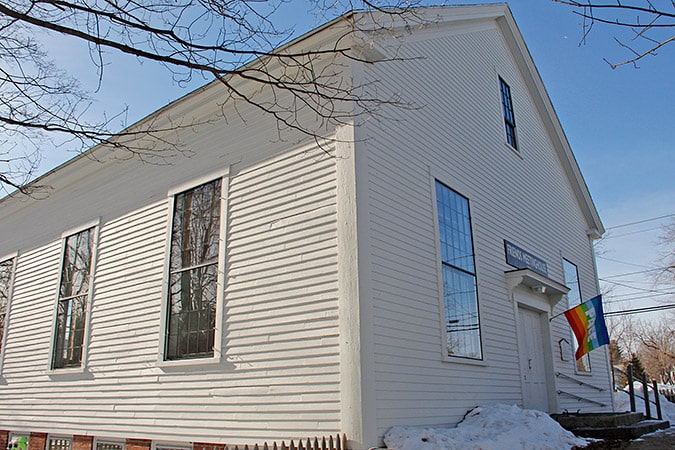
Photo Credit : Brenda Darroch
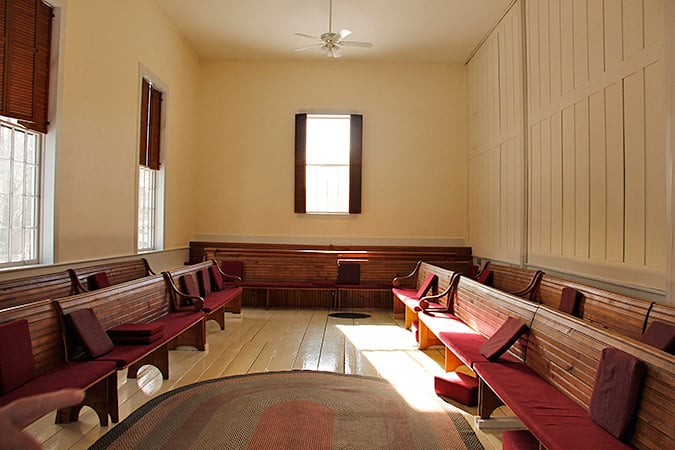
Photo Credit : Brenda Darroch
We couldn’t wrap up our tour without visiting two places that operate at the heart of the community. The Amesbury Public Library, where John Greenleaf Whittier served as one of the first trustees and book curators, and Our Neighbor’s Table, a non-profit organization dedicated to feeding those in need. Justin and Jamie, along with their two boys, are so committed to the mission of Our Neighbor’s Table that they volunteer there as a family, and last Christmas their oldest son Derek asked Santa to donate food for the organization rather than a gift for himself. Santa delivered and managed to sneak a toy or two in as well.
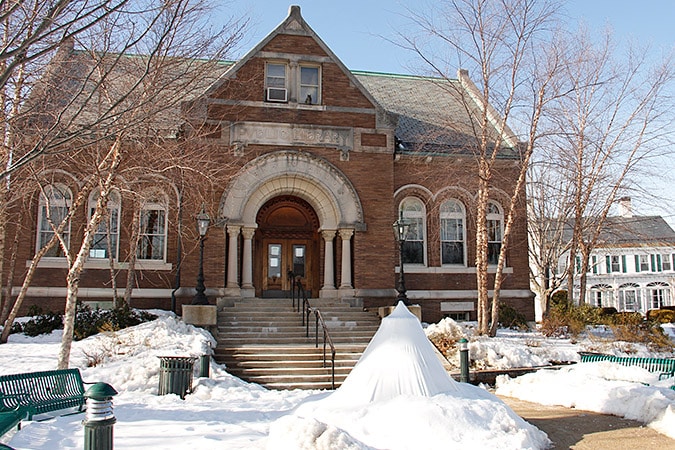
Photo Credit : Brenda Darroch
With the sun just starting to fade behind the tree tops, our very unusual tour wrapped up. Have you figured out what all of these establishments had in common for Justin to choose them for our outing? All are anchored in traditions that celebrate Amesbury, Massachusetts’ sense of history, community, and even that old Yankee work ethic.
Have you ever visited Amesbury, Massachusetts?
This post was first published in 2014 and has been updated.
Brenda Darroch
Brenda Darroch is a contributor to NewEngland.com. She lives in Kennebunk, Maine.
More by Brenda Darroch

